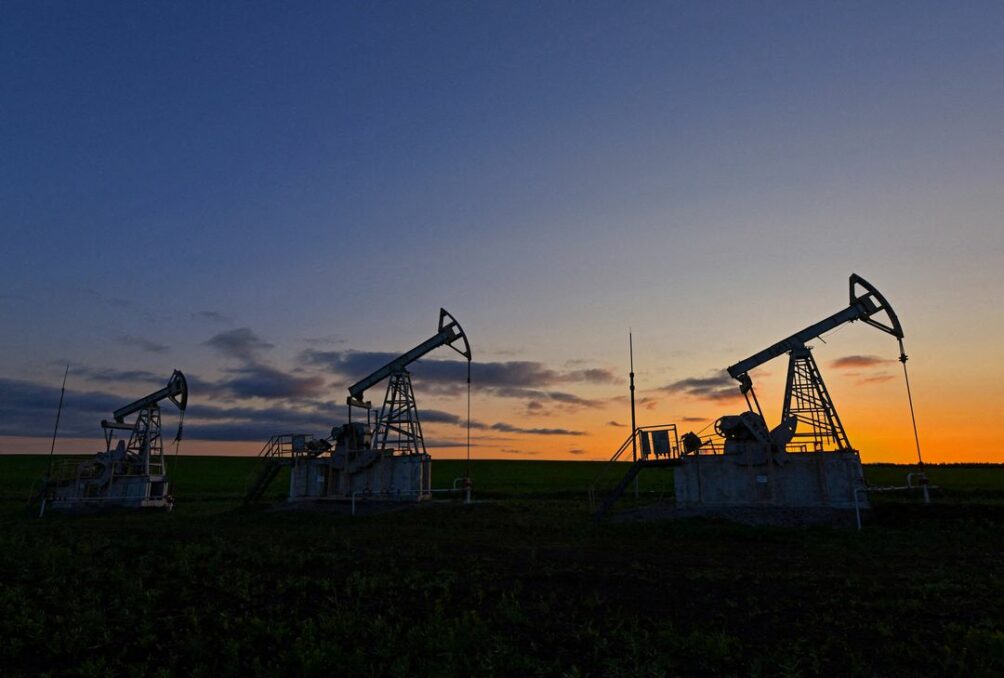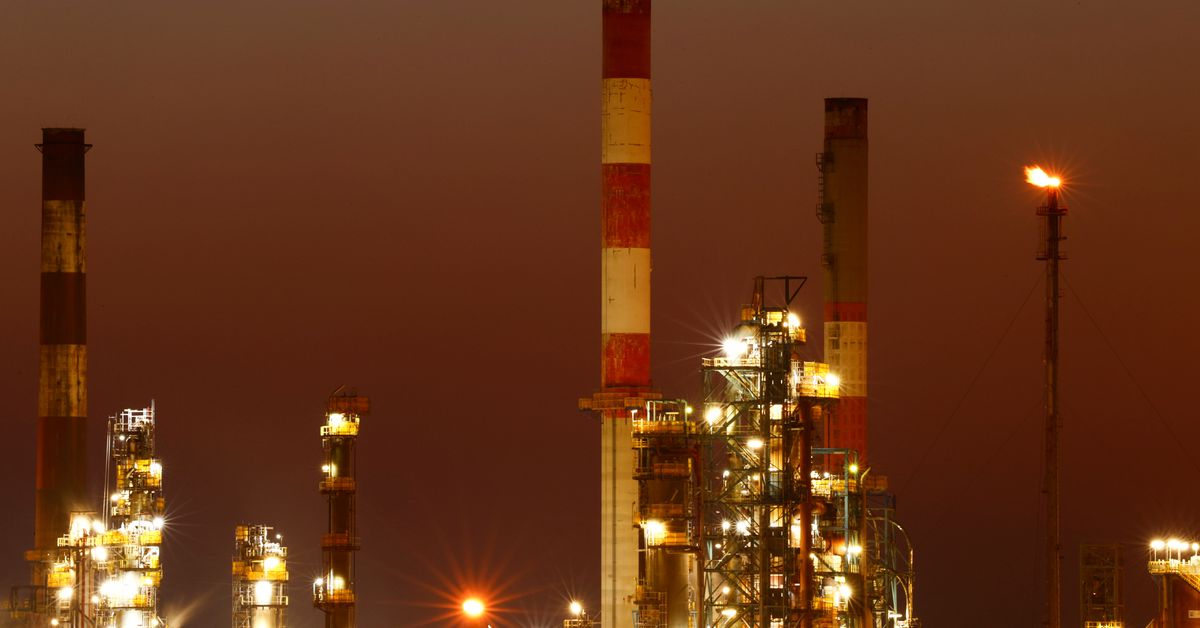
The reduction in Saudi production confirms the demand slowdown, as other OPEC+ countries have decided to continue their proposed cuts until the end of 2024. According to Prerna Patnaik, Head of Commodities Acquisitions, HNI and NRI Axis Securities, a slowdown in China’s economic recovery, the prevailing high-interest rates regime as well as early recession trends worldwide have reduced actual demand offtake but also traders’ confidence in commodity prices.
What does the decision by Saudi Arabia to reduce output reveal about the state of the world’s oil demand, in your opinion?
Given Saudi’s aggressive statements from its leadership as precursors to actual events, the decision in July by Saudi Arabia to voluntarily reduce oil production by one million barrels per day was not entirely surprising. Overall, the size of this reduction was larger than expected on Wall Street.
The other OPEC+ nations’ decision to extend their projected production cutbacks to the end of 2024, along with the Saudi output reduction, underscores the market’s slowing demand. The real off-take of demand has been reduced, as well as traders’ trust in commodity prices, as a result of the sluggish Chinese economic recovery, the ongoing high-interest rate environment, and early recessionary patterns internationally.

Will the reduction aid in maintaining the benchmark Brent and WTI prices?
The rise started by the OPEC+ conference is already waning. Both the WTI and Brent benchmarks rose on the announcement of the production cut, but the increase was short-lived since traders did not believe the production cut was significant enough to counteract the slowdown in demand caused by the weakening global economy.
What direction do you anticipate Brent and WTI prices to take by the end of this year?
In the second part of the year, the demand for oil should increase. This might be a much-needed break for a faltering global economy as interest rates peak and give way to rate reductions. With improved natural demand and a supportive fiscal climate, the Chinese economy is anticipated to also see a quicker rebound in the second half of the year.
Increasing demand during the typical summer driving season may also support the costs. The demand for oil is anticipated to outpace supply by over 2 million barrels per day (bpd) in the second half of the year, according to the International Energy Agency (IEA), which has warned of impending scarcity. By the end of 2024, WTI and Brent may have decreased to $85 and $90, respectively.
What is the demand like in India?
India has been importing oil at a record rate from Russia. India purchased about 1.96 million barrels per day of oil in May alone, accounting for close to 42% of all Indian oil imports. Saudi Arabia’s decision to increase the official selling price (OSP) for its premium grade Arab Light for Asia by $0.45 per barrel may result in an even greater shift of imports from Saudi Arabia to Russia.
India’s economy appears to be insulated from a worldwide downturn, given that headline macroeconomic data has come in better than anticipated. Demand is expected to increase over the coming months as the economy recovers.

How should oil be handled by traders and investors?
Technically, for WTI and $71 and $89 for Brent, crude oil prices are trapped in a wide range of $64 to $84. As long as those levels remain in place, prices will continue to trade within this range. A significant break above $84 or below $64 would signal a shift in the trend.
For the last seven months, domestic oil prices have been held within a range of 1300 to 1350 points, i.e. between Rs 5,450 and 6,200 on MCX. The persistent weak demand from China and the impact of a slowing global economy will offset any potential price increase, given minimal market triggers aside from occasional production cuts. Therefore, we expect prices to continue to trade within this range based on these factors.













